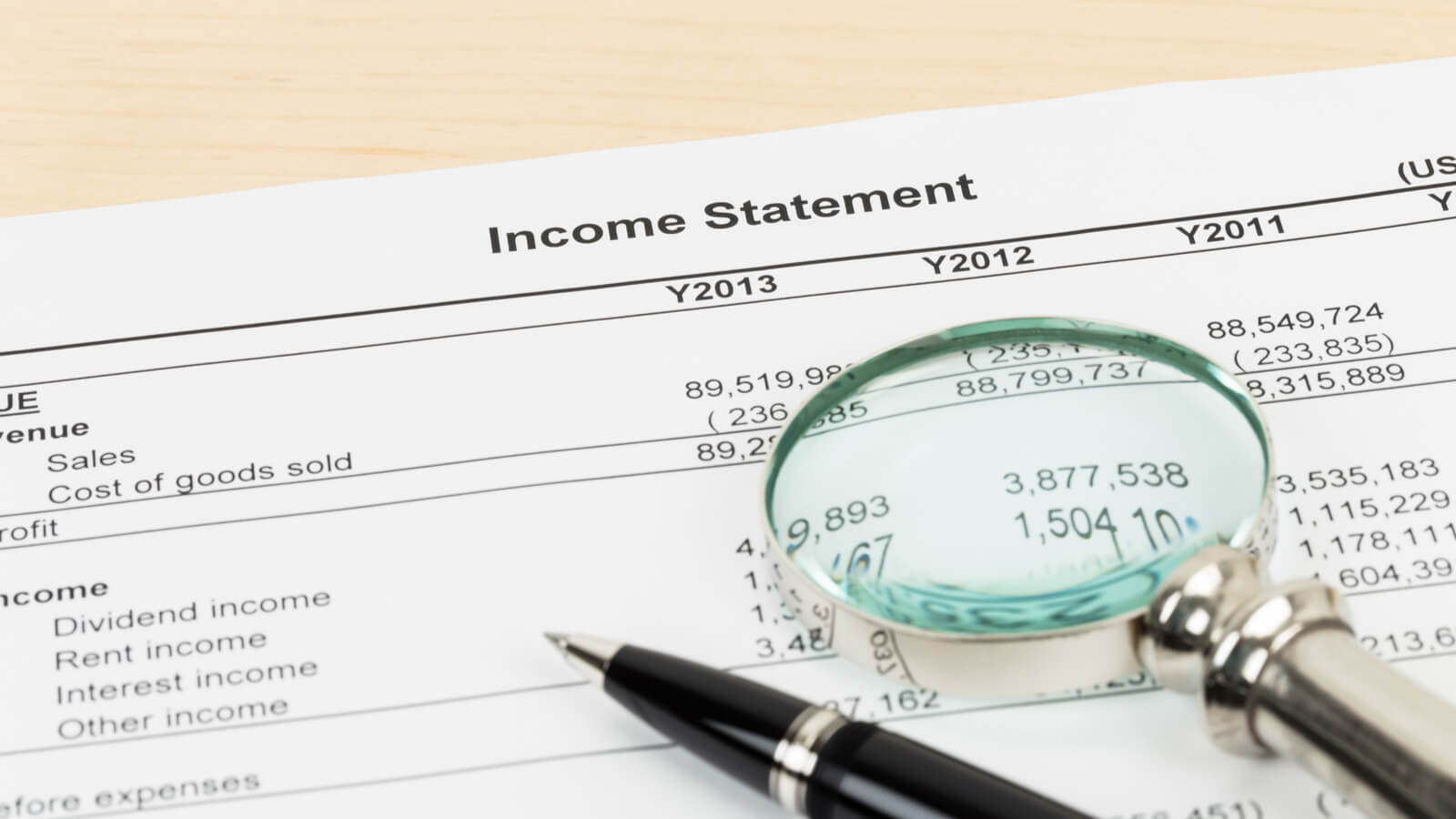Your cash flow statement shows how much money your business has earned and spent over a period of time. It’s one of the three most important statements your business should have.
Your cash flow statement, sometimes called the statement of cash flows, shows how your business has generated and used cash and cash equivalents within a specific time period.
For each of the reporting categories, receipts and payments are listed, and this is reported as a net increase or decrease in cash held for that category.
The net change in all categories is added to the amount of cash on hand at the start of the reporting period to arrive at the current cash on hand figure at the end of the reporting period.
It is another important financial statement to understand in conjunction with the profit and loss statement and the balance sheet. These three reports provide a good understanding of the financial position of your business.
How do cash flow statements work?
The cash flow statement integrates the information provided by the profit and loss statement and the balance sheet into a current cash position. The cash flow statement is reported on a cash basis, while your other financial statements are usually reported on an accrual basis. Accrual income from the profit and loss statement is converted to cash by calculating the changes in the balances of asset and liability accounts.
Report categories for cash flow statements
The cash flow statement is organized into sections that report on different types of business activity.
- Operating activities: All business income, expenses, assets and liabilities — except for those assets and liabilities reported in investing and financing activities.
- Investing activities: The purchase and sale of long-term investments, property, equipment, security deposits paid to suppliers or received from customers and dividends received.
- Financing activities: The changes in balances of equity accounts, such as the issuing and repurchase of stocks and bonds and the payment of company dividends, if applicable. Loans are also included in financing activities.
Formal financial report packages usually include notes on the financial statements. The notes contain supplemental information that explain significant items or activities that did not involve cash transactions.
The notes may also include detailed reporting of categories that may have been reported as summary totals only in the profit and loss statement, balance sheet and cash flow statement. Other items such as taxes, employee provisions, risk management or related party transactions may also be detailed in the notes.
Why is the cash flow statement useful?
Your cash flow statement gives you a valuable measure of cash flow in and out of the business over a given period of time. It shows the ability of your business to pay its bills and fund its operating activities. This gives you a picture of overall performance.
It also shows the relationships between assets, liabilities, equity and cash accounts. It shows changes and movements over time, while your balance sheet and profit and loss statement reports show account values at a single point in time.
The statement of cash flows gives you vital information on your business and helps you answers questions such as:
- How strong is your cash position?
- What is the long-term outlook for your business?
- What activities generate the most cash flow?
- What is the relationship between your net income and your operating activities?
The bottom line
Your cash flow statement is an important financial statement to help you understand and measure your business’ financial health.
The statement is divided into three parts: operating activities, investing activities and financing activities. Unlike balance sheets and profit and loss statements that record only a moment in time, cash flow statements track finances over a period of time.
If you need help creating your cash flow statement, or any other financial statement like your income statement or balance sheet, talk to a DiMercurio Advisors team member today.







